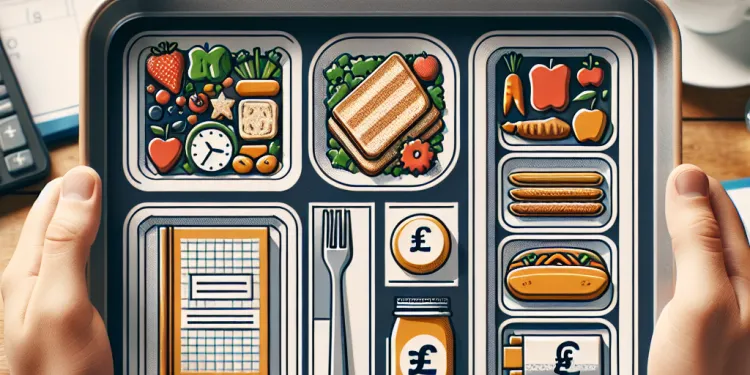
Find Help
More Items From Ergsy search
-
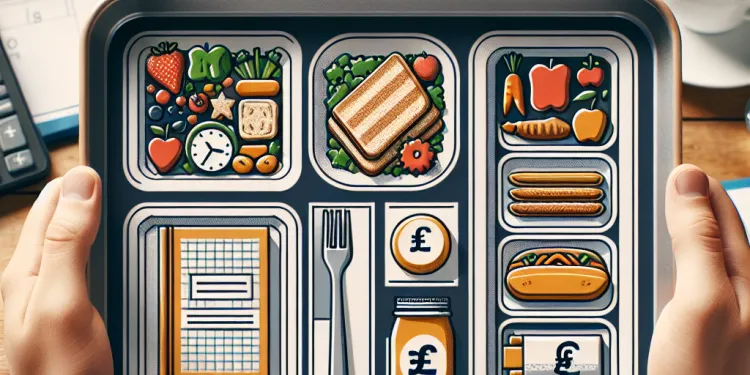
Are there educational components to the school meal program?
Relevance: 100%
-
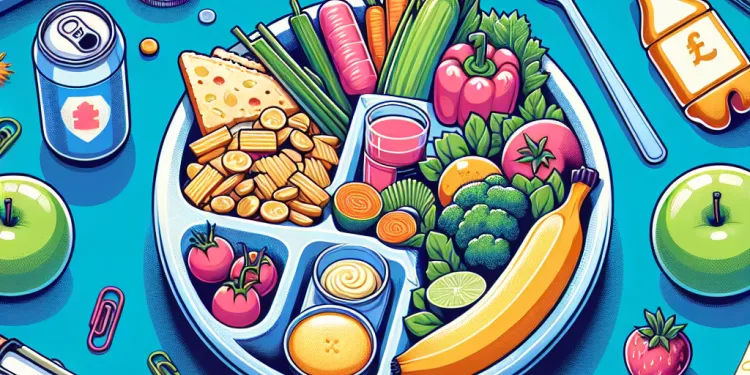
How are school meals provided in the UK?
Relevance: 48%
-

What is the purpose of providing school meals in the UK?
Relevance: 47%
-

Are school meals free for all students in the UK?
Relevance: 46%
-

Are school meals inspected for quality and standards?
Relevance: 46%
-

What is the average cost of a school meal in the UK?
Relevance: 46%
-

Who provides the funding for free school meals in the UK?
Relevance: 46%
-

Who is responsible for providing school meals in the UK?
Relevance: 46%
-

How are special dietary requirements catered for in school meals?
Relevance: 45%
-
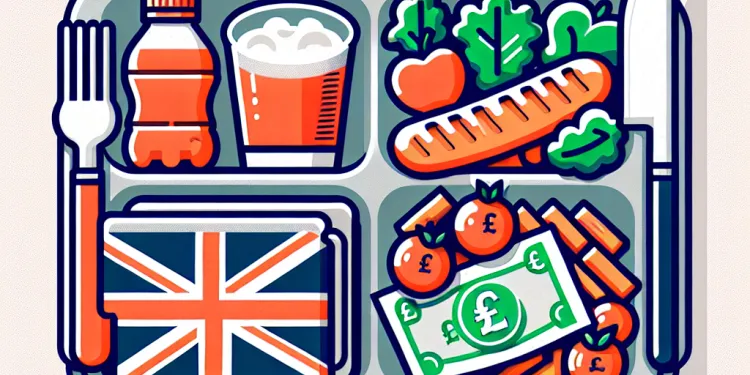
What is included in a typical school meal in the UK?
Relevance: 45%
-
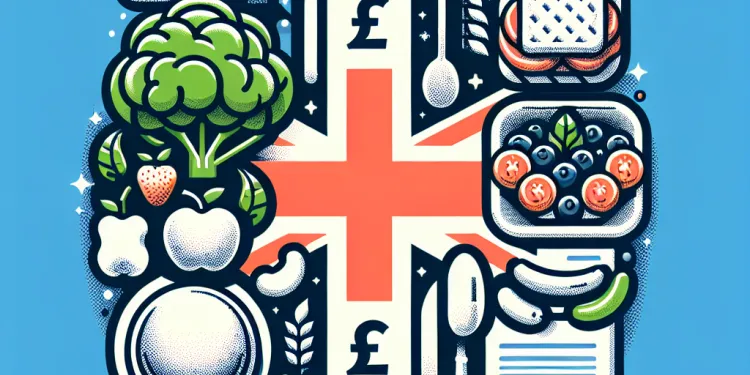
Are vegetarian or vegan options available in UK school meals?
Relevance: 44%
-
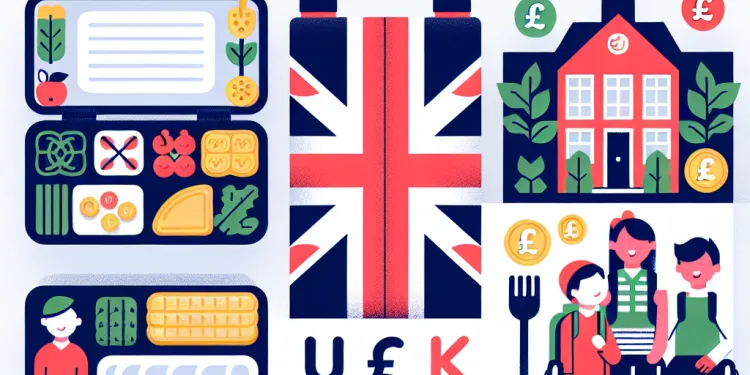
Can children with disabilities access school meals?
Relevance: 43%
-

What criteria must be met for a child to be eligible for free school meals?
Relevance: 42%
-

What measures are taken to ensure food safety in school meals?
Relevance: 38%
-
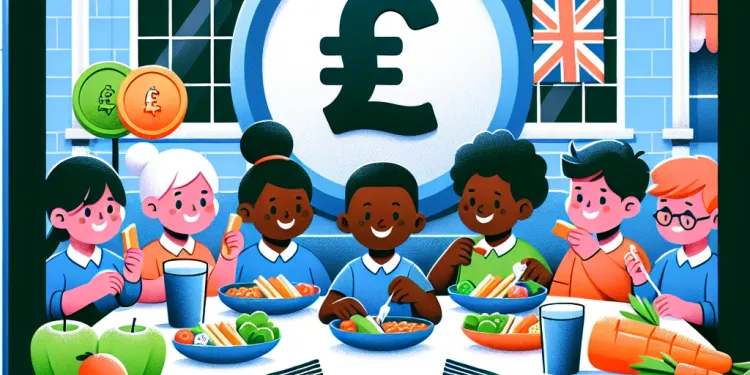
How can parents provide feedback on school meals?
Relevance: 38%
-

Can parents provide packed lunches instead of school meals?
Relevance: 36%
-
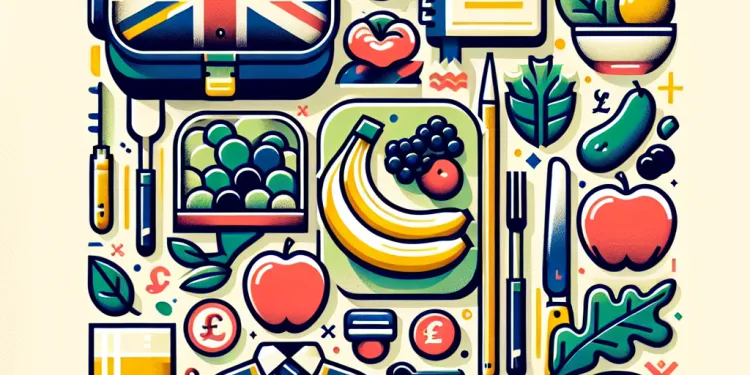
Is there a focus on healthy eating in UK school meals?
Relevance: 35%
-

Are there any initiatives to reduce food waste in schools?
Relevance: 32%
-

What initiatives are being taken to educate youth about the risks of vaping?
Relevance: 28%
-
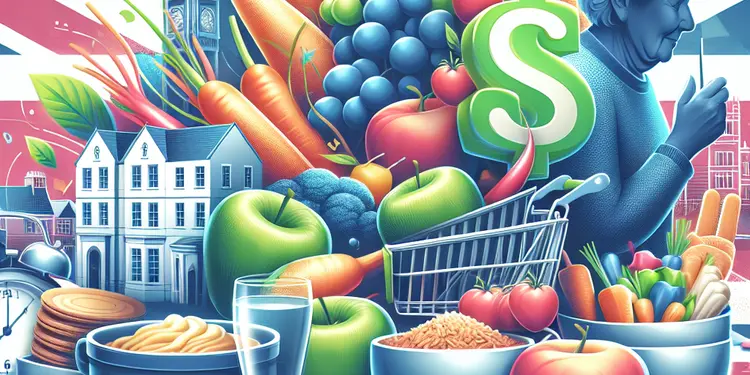
Are there any food assistance programs available for seniors?
Relevance: 27%
-

How important is work experience for entering a nursing program?
Relevance: 27%
-
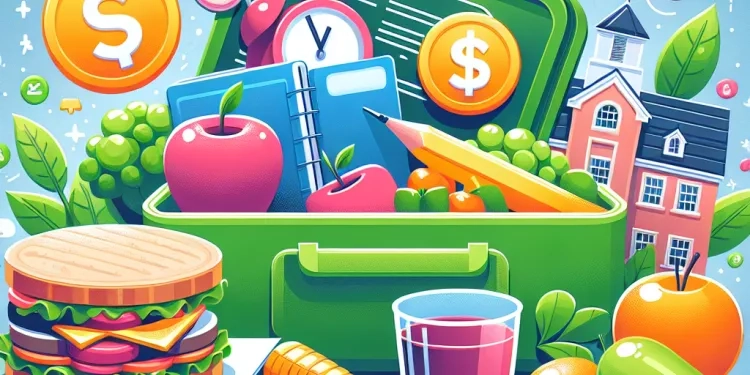
Calls for Better School Lunch Standards After Nationwide Survey
Relevance: 27%
-
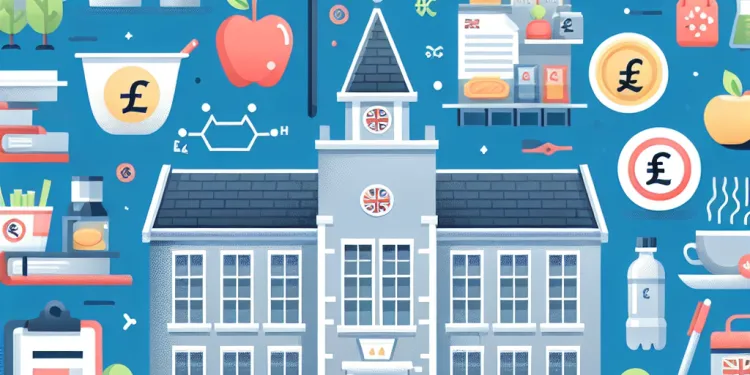
How are food allergies managed in UK schools?
Relevance: 26%
-
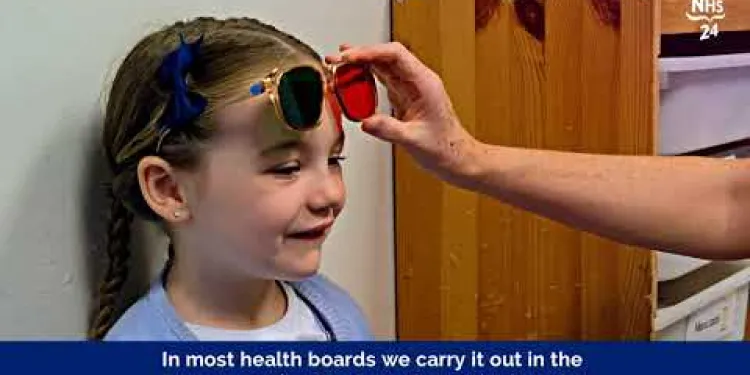
See4School
Relevance: 26%
-

Are there specific laws governing SEND in schools?
Relevance: 26%
-
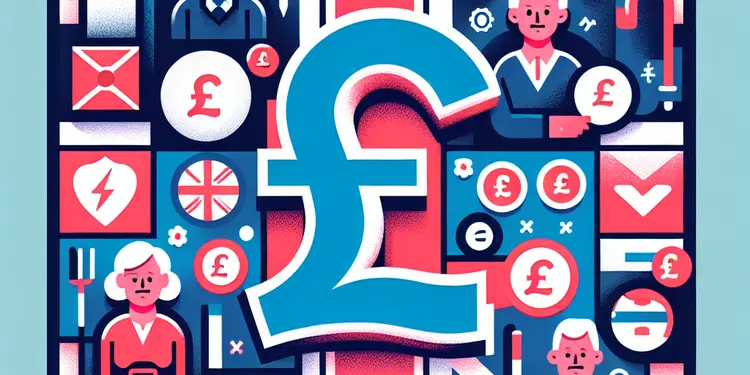
Are there educational opportunities for seniors?
Relevance: 26%
-
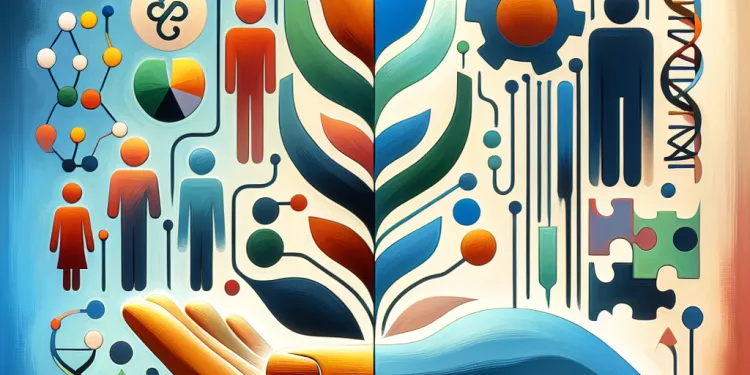
Is there a genetic component to autism?
Relevance: 25%
-

How can schools create an inclusive environment for SEND children?
Relevance: 25%
-
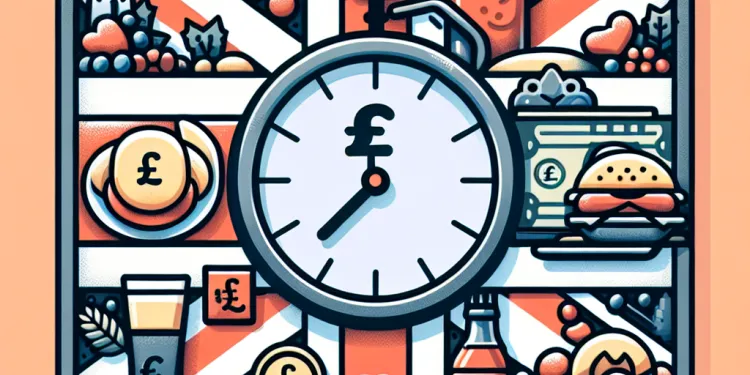
What time are meals served?
Relevance: 24%
-

What are some safety programs specifically for seniors?
Relevance: 24%
-

What support is available for SEND children in schools?
Relevance: 24%
-

Are there mentorship programs for community helpers?
Relevance: 24%
-

What role do schools play in managing concussions?
Relevance: 24%
-

What is an Education, Health and Care Plan (EHCP)?
Relevance: 23%
-

Do SEND children attend mainstream schools?
Relevance: 23%
-

How can community helpers access educational resources?
Relevance: 23%
-

What is the SENCO's role in a school?
Relevance: 23%
-
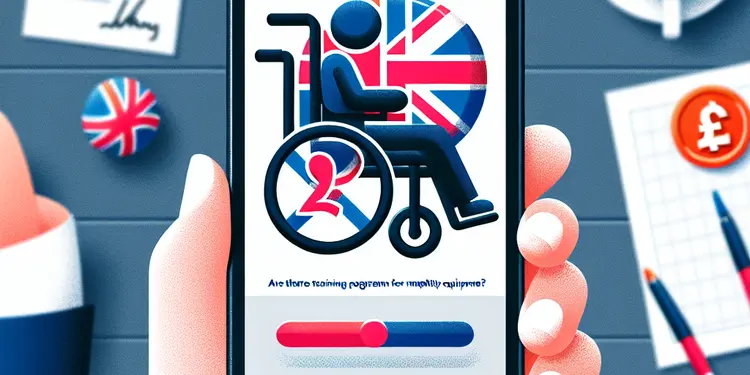
Are there training programs for using mobility equipment?
Relevance: 22%
-

Are there financial aids available for further education?
Relevance: 22%
-
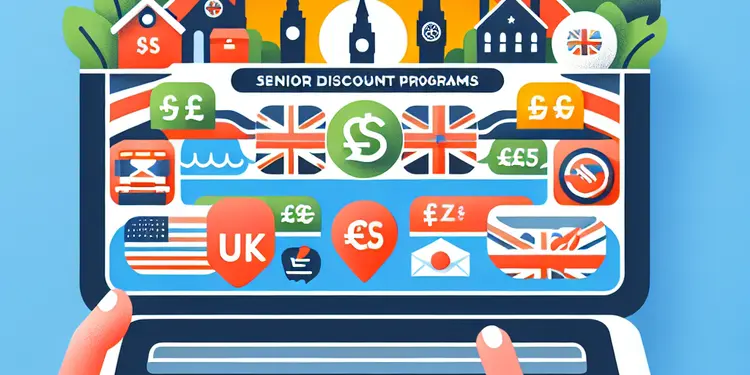
What are senior discount programs?
Relevance: 22%
Introduction to School Meal Programs
School meal programs in the UK serve a crucial role in addressing nutritional needs of children, ensuring that students receive at least one balanced meal during the school day. However, these programs are increasingly recognized for their potential educational benefits, which extend beyond just meeting dietary requirements.
Nutritional Education
One of the main educational components embedded within school meal programs is nutritional education. By providing balanced meals, schools have the opportunity to teach students about healthy eating habits. Lessons can include information about the food groups represented in their meals, the importance of a varied diet, and the benefits of fruits and vegetables. This hands-on approach allows children to directly apply what they learn about nutrition in the classroom to their daily lives.
Practical Cooking and Food Selection Skills
Many school meal programs also integrate cooking and food selection skills into their curriculum. These lessons often teach children about how to prepare simple, healthy meals and how to make informed choices about the food they eat. Schools may offer cooking classes or activities where students participate in meal planning and preparation, giving them a practical skill set that supports lifelong healthy eating habits.
Understanding Global Food Cultures
Educational components of school meal programs in the UK often include elements of cultural education by introducing students to a variety of cuisines from around the world. This can broaden students' understanding and appreciation of different cultures, enhance their culinary experiences, and foster inclusivity and diversity within the school environment. Such exposure helps students become well-rounded global citizens, respecting and understanding cultural differences through food.
Linking Food to Environmental Awareness
Another integral educational aspect is educating students about the environmental impact of food production and consumption. School meal programs can highlight the importance of sustainability by incorporating locally-sourced, seasonal produce, and reducing food waste. Lessons can cover topics such as the carbon footprint of food, the benefits of plant-based diets, and the importance of supporting local agriculture.
Overall Health and Well-Being
School meal programs also play a significant role in promoting overall health and well-being. By educating students on the importance of regular healthy meals, students learn how proper nutrition affects their energy levels, concentration, and long-term health. This understanding can support educational outcomes by improving students’ readiness to learn and participate fully in school activities.
Conclusion
In summary, school meal programs in the UK are not just about providing nutrition; they are a vital component of education. By incorporating lessons on nutrition, cooking skills, cultural awareness, environmental impact, and overall health, these programs equip students with the knowledge and skills they need to make informed food choices and adopt healthy lifestyle habits. These educational components can have a lasting impact, shaping healthier generations for the future.
Introduction to School Meal Programs
School meal programs in the UK help children get the food they need. They make sure students have at least one healthy meal every day at school. These programs are important because they do more than just give food. They also help students learn.
Nutritional Education
School meals help teach kids about eating healthy. Schools show students what good food looks like by giving them balanced meals. Kids learn about different food groups, why it's good to eat different kinds of food, and why fruits and vegetables are important. This way, what they learn in school about food helps them make better choices every day.
Practical Cooking and Food Selection Skills
Some schools teach kids how to cook and choose healthy foods. They might have classes where kids learn to make simple, healthy meals. Kids learn to pick good foods to eat. These lessons help kids learn skills they can use all their lives to eat well.
Understanding Global Food Cultures
School meal programs also teach kids about foods from around the world. This helps them learn about different cultures and try new foods. It makes kids more open-minded and helps everyone feel included. Learning about different foods helps kids respect other cultures.
Linking Food to Environmental Awareness
School meals can also teach kids about how food affects the environment. Schools can use food from nearby farms and teach kids why this is good. Kids learn about not wasting food and why eating less meat can help the planet. These lessons show kids how to care for the Earth.
Overall Health and Well-Being
School meals help kids stay healthy. By eating good meals, kids learn that healthy food helps them feel better, think clearly, and stay healthy. Knowing this can help kids do better in school because they have more energy and can pay attention better.
Conclusion
In summary, school meal programs in the UK provide more than just food. They are an important part of learning. Schools teach kids about healthy eating, cooking, different cultures, caring for the environment, and staying healthy. These lessons help kids make good choices now and in the future.
Frequently Asked Questions
What educational components are included in the school meal program?
The school meal program includes nutritional education, teaching students about balanced diets, the importance of consuming fruits and vegetables, and how to make healthy food choices.
How do schools educate students about nutrition through meal programs?
Schools may incorporate lessons on nutrition into the regular curriculum, use posters and informational materials in the cafeteria, and invite nutritionists to discuss healthy eating with students.
Why is it important to have educational components in the school meal program?
Educational components help students understand the importance of nutrition, leading to healthier lifestyle choices and improved general well-being.
Are there interactive activities related to nutrition in school meal programs?
Yes, schools often organize interactive activities such as cooking classes, taste tests, and school gardens to engage students in learning about nutrition.
Do school meal programs offer education for parents as well?
Some programs offer parent workshops or information sessions to educate parents about student nutrition and how to support healthy eating habits at home.
Can students participate in planning their school meals?
Some programs involve students in menu planning activities, giving them a voice while teaching them about food variety and healthy options.
What resources are used to educate students in the school meal program?
Resource materials might include brochures, online resources, interactive apps, and workshops led by nutrition experts.
Are there specific nutritional guidelines taught to students?
Yes, programs often inform students about national dietary guidelines, the food pyramid, and recommended daily intake of different food groups.
How do meal programs cater to students with dietary restrictions?
Educational components include teaching about food allergies and special diets, ensuring inclusivity and awareness among all students.
Is sustainability a topic covered in school meal program education?
Yes, many programs educate about sustainable eating practices, including reducing food waste and choosing environmentally friendly food options.
Do school meal programs collaborate with other subjects for educational purposes?
Nutrition education is sometimes integrated with science, health, or physical education classes to create a more comprehensive learning experience.
How are students' food choices influenced by educational components in these programs?
Education helps students make informed choices, appreciate diversity in their diets, and understand the impact of nutrition on their health.
Are cooking classes part of the educational components?
In some schools, cooking classes are included to give students practical knowledge about preparing healthy meals.
What role do teachers play in the educational component of meal programs?
Teachers often reinforce lessons on healthy eating during class, conduct related activities, and encourage students to apply what they've learned.
Is there any assessment of students' learning from the meal program's educational components?
Assessments may include quizzes, projects, or observation of students' choices and behaviors regarding nutrition.
How do educational activities vary for different age groups in school meal programs?
Activities are tailored to be age-appropriate, with younger children involved in simpler activities and older students engaged in more detailed nutritional analysis.
Are there partnerships with external organizations to enhance the educational component?
Many programs partner with local health departments, universities, and non-profits to enrich educational content and provide expert resources.
Do educational components promote cultural diversity in food choices?
Yes, they often celebrate cultural diversity by teaching about global cuisines and encouraging students to explore and respect various food traditions.
How is the effectiveness of these educational components measured?
Effectiveness can be measured through surveys, feedback from students and parents, and tracking changes in students' eating habits.
What challenges do schools face in implementing educational components in meal programs?
Challenges include limited resources, time constraints, and the need to continually update educational materials to reflect current nutritional guidelines.
What do you learn from the school meal program?
The school meal program can teach you different things. Here are some examples:
- You learn about healthy foods and what is good to eat.
- You might learn how much food your body needs.
- You get to know where the food comes from.
- You could learn how to make food safe to eat.
Supportive tools can help you understand better:
- Try using pictures to show healthy foods.
- Use charts to show how much food you need.
- Watch videos about where food comes from.
- Find a book or website with fun facts about food.
The school lunch program helps children learn about healthy eating. It teaches them about balanced meals, why it's good to eat fruits and vegetables, and how to pick healthy foods.
How do schools teach kids about healthy food with meals?
Schools help kids learn about healthy eating by giving them good food at lunch. They make sure to have fruits, vegetables, and other healthy choices.
Teachers talk about why fruits and vegetables are good for you. They might have fun activities about healthy food.
If reading is hard, ask someone for help or use pictures to learn about healthy food.
Schools can teach about healthy food in different ways. They can have lessons about it, put up posters in the lunchroom, and have experts talk to students about eating well.
Why should school meals help kids learn?
School meals can be more than just food. They can help kids learn about healthy eating and good nutrition. Here’s why it’s important:
- **Healthy Choices:** It teaches kids to make good choices about food.
- **More Energy:** Healthy food gives kids energy to learn and play.
- **Better Focus:** Eating well helps kids pay attention in class.
- **Learning Skills:** Kids learn new skills, like how to pick and prepare healthy meals.
Parents and teachers can use fun tools like colorful charts and games to help kids learn about these things!
Learning about food helps kids understand why eating healthy is important. It helps them make better choices and feel better.
Do school meal programs have fun activities about healthy eating?
Schools like to do fun activities to teach kids about food. They might have cooking classes, taste different foods, or grow plants in a school garden. These activities help kids learn about healthy eating in a fun way.
Do school meal programs help parents learn, too?
Some schools have meal programs that also teach parents. This means parents can learn about healthy food and meals.
Tools or tips that can help parents:
- Watch simple videos about food and cooking.
- Go to workshops at school about healthy meals.
- Read easy recipes with your child.
Some programs have meetings for parents. These meetings teach parents about healthy food for kids and how to help kids eat well at home.
Can kids help plan school lunches?
Yes, kids can help pick what food is served at school for lunch. They can tell teachers what they like and don’t like to eat.
Some schools have meetings where kids can share their ideas about lunch. Kids can also make a list of their favorite foods and give it to the school lunch planner.
It's a good idea to learn about healthy food, so kids can choose meals that are good for them. There are fun books and apps that help kids learn about healthy eating.
Some programs let students help plan the menu. This means they can choose meals and learn about different foods and healthy choices.
What things help students learn in the school lunch program?
Here are some things that can help:
- Pictures and photos of healthy foods.
- Simple charts showing food groups.
- Videos about making healthy meals.
- Use of games to learn about food.
- Talks or visits from chefs or people who know about healthy eating.
These tools can help students understand more about healthy eating in a fun and easy way.
Helpful materials can be booklets, websites, fun learning apps, and classes with food experts.
Do students learn about healthy eating?
Yes, schools often teach kids about healthy eating. They talk about the food pyramid and how much of each kind of food you should eat every day.
How do school meal programs help kids who need special diets?
We teach kids about food allergies and special diets. This helps all students feel included and know more about each other.
Do kids learn about being kind to the planet in school meal lessons?
Yes, there are programs that teach people how to eat in a way that is good for the planet. They show you how to make less food waste and pick foods that are better for the earth.
Do School Meals Help with Learning in Other Subjects?
Do school meals work with other classes to help kids learn more? School meals can be part of lessons like math or science. This helps make learning fun.
Try using pictures and videos to learn more. Ask a teacher if you have questions.
Learning about food and health can be part of science, health, or gym classes at school. This helps kids learn more about healthy eating.
How do school lessons change what food students pick to eat?
Learning about food helps kids make smart choices about what they eat. It helps them know it's good to eat different kinds of foods. It also shows them how food can make them strong and healthy.
Do Cooking Classes Help Us Learn New Things?
In some schools, kids learn cooking. These classes show them how to make healthy food.
What do teachers do in school meal programs?
Teachers help make sure the school meal programs work well. They teach kids about healthy food. They also make sure everyone follows the rules of the meal program.
Here are some ways teachers help:
- Explain why healthy food is important.
- Encourage good eating habits.
- Help students understand the meal program rules.
Tools to help understand:
- Use simple pictures to show healthy foods.
- Watch videos about healthy eating.
- Work together in groups to learn about food.
Teachers talk about eating healthy food in class. They do fun activities about it. They also ask students to use what they have learned.
Do we check if students learn from the meal program lessons?
Tests can have quizzes, projects, or watching what students choose and do about food.
How are school meal activities different for each age group?
School meal activities change based on the age of the students. This means children of different ages do different things during meal times.
For younger kids, activities might include learning about healthy foods through fun games. Teachers can use colorful pictures and simple stories to help them learn.
Older students might learn more detailed information. They can have lessons on how food helps the body. They might also try cooking simple recipes.
Using pictures, videos, and hands-on activities can help all age groups learn. Tools like flashcards or educational apps can also be helpful.
We have fun things to do that are just right for your age. Younger kids do easy and fun activities. Older kids do more about food and how it helps us stay healthy.
Do you work with other groups to help with learning?
Lots of programs work with local health groups, colleges, and charities. This helps them make learning better and gives people expert help.
Do learning parts help people choose different types of foods from other cultures?
Yes, they celebrate different cultures by teaching about food from all over the world. They help students learn about and respect different food traditions.
How do we check if these learning parts work well?
We want to make sure learning is good. We check to see if the parts help students learn. We ask questions like: Do students get better at reading? Do they answer more questions right?
We use tools to help us. Here are some ideas:
- Tests: We give simple tests to see what students know.
- Feedback: We listen to what students and teachers say about the learning parts.
- Progress Charts: We use charts to see if students are improving over time.
These help us know if the learning parts are working well.
We can see how well something works by asking people questions. We can ask students and parents what they think. We can also watch how students change what they eat.
What problems do schools have when adding learning to meal programs?
Schools want to teach kids about healthy food during meals. But they face some problems:
- Money: It can be expensive to do this.
- Time: Finding time to teach during meals is hard.
- Space: Schools need room for special classes about food.
- Training: Teachers and staff may need to learn new things.
Here are some helpful things schools can use:
- Simple Videos: Kids can watch short videos about food.
- Fun Activities: Schools can have games about healthy eating.
- Guest Speakers: Invite people who know a lot about food to talk to kids.
Schools try hard to do this, but they need help with these problems.
There are some things that make it hard. There might not be enough resources or time. Also, it's important to keep learning materials up to date with the latest nutrition rules.
Useful Links
- Ergsy carfully checks the information in the videos we provide here.
- Videos shown by Youtube after a video has completed, have NOT been reviewed by ERGSY.
- To view, click the arrow in centre of video.
- Most of the videos you find here will have subtitles and/or closed captions available.
- You may need to turn these on, and choose your preferred language.
- Go to the video you'd like to watch.
- If closed captions (CC) are available, settings will be visible on the bottom right of the video player.
- To turn on Captions, click settings .
- To turn off Captions, click settings again.
More Items From Ergsy search
-

Are there educational components to the school meal program?
Relevance: 100%
-

How are school meals provided in the UK?
Relevance: 48%
-

What is the purpose of providing school meals in the UK?
Relevance: 47%
-

Are school meals free for all students in the UK?
Relevance: 46%
-

Are school meals inspected for quality and standards?
Relevance: 46%
-

What is the average cost of a school meal in the UK?
Relevance: 46%
-

Who provides the funding for free school meals in the UK?
Relevance: 46%
-

Who is responsible for providing school meals in the UK?
Relevance: 46%
-

How are special dietary requirements catered for in school meals?
Relevance: 45%
-

What is included in a typical school meal in the UK?
Relevance: 45%
-

Are vegetarian or vegan options available in UK school meals?
Relevance: 44%
-

Can children with disabilities access school meals?
Relevance: 43%
-

What criteria must be met for a child to be eligible for free school meals?
Relevance: 42%
-

What measures are taken to ensure food safety in school meals?
Relevance: 38%
-

How can parents provide feedback on school meals?
Relevance: 38%
-

Can parents provide packed lunches instead of school meals?
Relevance: 36%
-

Is there a focus on healthy eating in UK school meals?
Relevance: 35%
-

Are there any initiatives to reduce food waste in schools?
Relevance: 32%
-

What initiatives are being taken to educate youth about the risks of vaping?
Relevance: 28%
-

Are there any food assistance programs available for seniors?
Relevance: 27%
-

How important is work experience for entering a nursing program?
Relevance: 27%
-

Calls for Better School Lunch Standards After Nationwide Survey
Relevance: 27%
-

How are food allergies managed in UK schools?
Relevance: 26%
-

See4School
Relevance: 26%
-

Are there specific laws governing SEND in schools?
Relevance: 26%
-

Are there educational opportunities for seniors?
Relevance: 26%
-

Is there a genetic component to autism?
Relevance: 25%
-

How can schools create an inclusive environment for SEND children?
Relevance: 25%
-

What time are meals served?
Relevance: 24%
-

What are some safety programs specifically for seniors?
Relevance: 24%
-

What support is available for SEND children in schools?
Relevance: 24%
-

Are there mentorship programs for community helpers?
Relevance: 24%
-

What role do schools play in managing concussions?
Relevance: 24%
-

What is an Education, Health and Care Plan (EHCP)?
Relevance: 23%
-

Do SEND children attend mainstream schools?
Relevance: 23%
-

How can community helpers access educational resources?
Relevance: 23%
-

What is the SENCO's role in a school?
Relevance: 23%
-

Are there training programs for using mobility equipment?
Relevance: 22%
-

Are there financial aids available for further education?
Relevance: 22%
-

What are senior discount programs?
Relevance: 22%